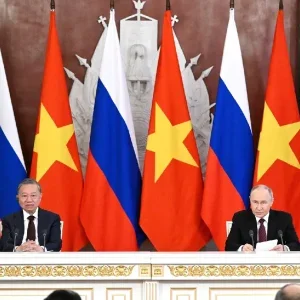
The approval for the Surat Gas Project is for 14 petroleum leases spanning across 2,500km² and located between Dalby and Wandoan.
The onshore gas project is expected to yield an extra 5000 petajoules of gas to market over 27 years of the project. This includes 240 petajoules per annum during peak production from 2026.
Arrow Energy CEO Mingyang Qian said: “The approval of these petroleum leases is a critical milestone in Arrow delivering 5 trillion cubic feet of gas into the market. It’s a positive step for Arrow and for Queensland.”
The company, which is a 50:50 joint venture between Royal Dutch Shell and PetroChina, is expected to begin construction on the Surat Gas Project later this year with first gas targeted to be achieved in 2020. The project will generate up to 1,000 jobs, said the Queensland government.
Queensland Premier Annastacia Palaszczuk said: “The Surat Gas Project will create up to 800 construction jobs and 200 ongoing operational jobs, as well as millions of dollars in business opportunities for local suppliers.
“Currently scheduled to be operational in 2020, the project will produce gas for LNG for export and for domestic users.
“This is the biggest resources project since 2011 when the LNG projects were sanctioned.”
The proposed gas project, under the state’s regulatory regime, is said to have met strict environmental, financial, and Native Title requirements, and is now moving ahead with binding land access compensation agreements with local landholders.
Queensland Mines Minister Anthony Lynham said that Arrow Energy proposed to utilize nearby existing QGC infrastructure such as processing facilities and pipelines to deliver the produced gas from its project to domestic and export facilities.
Lynham said that the approach will result in faster delivery of gas to the market while reducing the project footprint and the potential impact on the environment and also local communities to a significant extent.
In December 2017, Arrow Energy signed a 27-year deal with the Shell-operated QCLNG joint venture to commercialize the majority of its gas reserves in the Surat Basin, which represents about five trillion cubic feet of coal seam gas.






